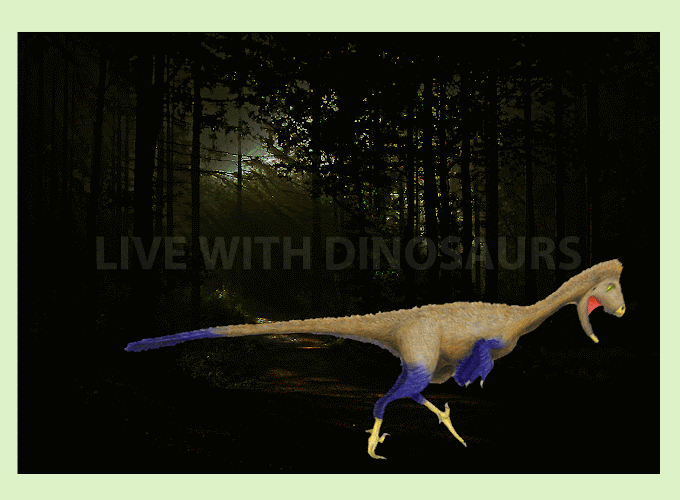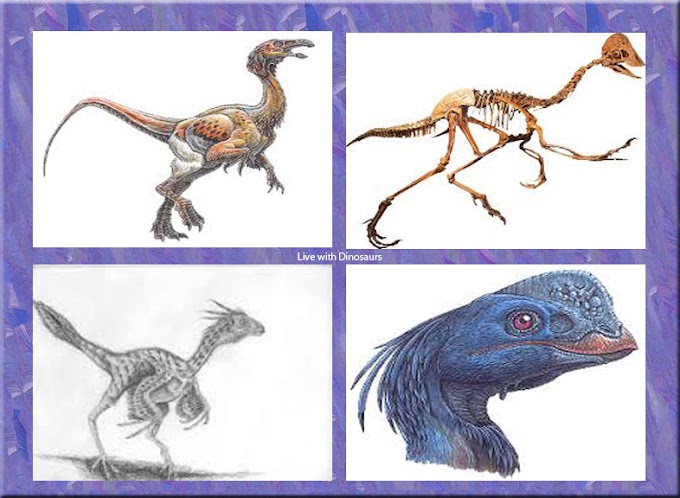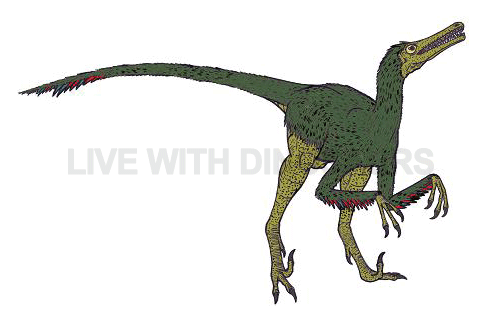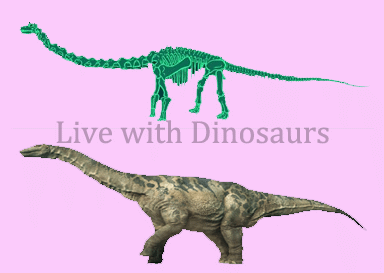Buitreraptor
Buitreraptor gonzalezorum is a recently uncovered fossil animal types, a little chicken size ruthless dinosaur fitting in with the dromaeosaurid gang. The find happened in Argentina in 2005.
Buitreraptor gonzalezorum is the main known types of the variety Buitreraptor. The class name signifies "Vulture-raptor", from the Spanish word buitre substance vulture.
Buitreraptor lived around 90 million years prior, when South America was a remote mainland like Australia today. Buitreraptor has some diverse physical components than normal northern dromaeosaurs, similar to Velociraptor .From this researchers end that this dinosaur was not a defining moment seeker like most different dromaeosaurs, however a seeker of little creatures, for example, reptiles and vertebrates. Its long winged animal like arms affirm such an existence of covetous quick moving little prey. It has long legs and probably been a deft runner. It undoubtedly had quills. This dromaeosaur possessed a corner like that of current secretarybirds or even the dinosaur Troodon from North America.
Buitreraptor Dinosaur
English name: "vulture criminal" maintained BWEE-tree-rap-tore
Living period: Late Cretaceous
Found in: Plains of South America
Length: About 4 feet long; weight obscure
Attributes: Long, contract nose and smooth teeth
Short Description: Buiteraptor was on the little side, and the absence of serrations on its teeth demonstrate that it sustained on much littler creatures, as opposed to tearing into the tissue of its kindred dinosaurs.
Other than Buitreraptor, the main other known dromaeosaurs from the southern mainlands are Neuquenraptor argentinus from South America (found prior in 2005), Rahonavis (once thought to be a primitive winged animal) from Madagascar, and anonymous dromaeosaur-like teeth from Australia. The bones in both Buitreraptor and Rahonavis demonstrate that mechanized flight likely advanced independently in two distinct gatherings of dinosaurs: winged creatures and southern dromaeosaurs.
This disclosure in the Southern-Hemisphere affirms that dinosaurs were more broadly scattered the world over than beforehand suspected. Researchers now trust that dromaeosaurs go back to Jurassic times, when every one of the landmasses were much closer together. Conceivably they began on the old mainland Laurasia.
The fossilized bones were found in 2005 in sandstone in Patagonia, Argentina - by a burrow lead by Peter Makovicky, keeper of dinosaurs at the Field Museum in Chicago. The field examination of Buitreraptor was driven by Argentine scientist Sebastin Apestegua. Buitreraptor was found in the same fossil site that had before yielded Giganotosaurus, the biggest meat eating dinosaur known not following 1995.












0 Comments